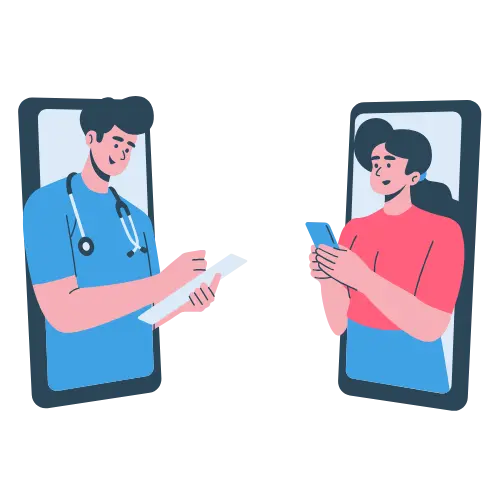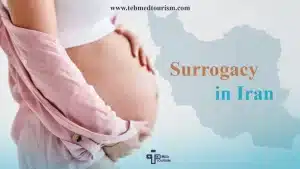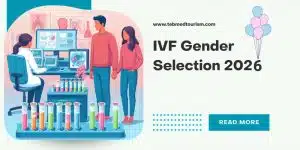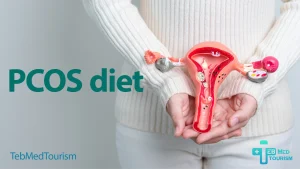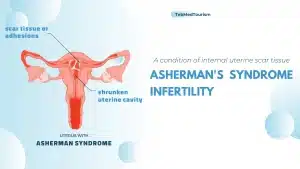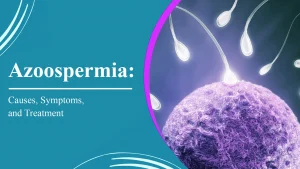Today more women are having children in their 30s or even 40s. This can happen because of increased age of marriage and so many other reasons in different nations. But here two major questions can be raised: “Are there more risks involved in elderly pregnancy?” And also “How to prevent birth defects in elderly ages?”
In this article, we are going to talk about risks of pregnancy among women ofold age and the ways of having a healthy elderly pregnancy through PGD.
Late Pregnancy Reasons
In 2016, the average age of mothers who had their first child was 28. In the United States, birth rate in women who are 30-34 is higher than those who are between 25 and 29. Studies show that people can postpone having children until 35 or older due to many reasons.
Having higher education, finding a desired job, social and cultural norms that make couples not to feel ready for parenthood, poor economic condition, advanced ways of contraception, inflexible workplace, unemployment, and so many other factors can be mentioned as the elderly pregnancy reasons. Women also have modern fertility options like IVF which can make them more confident about delaying pregnancy and having a child in the older ages.
We all know about biological clock of women’s body and how it can affect reproduction in old ages. Pregnant women over the age of 35 who are having their first child are considered to be older mothers. But does being in the age of 35 or older cause risks for both mother and child?
Risks of Elderly Pregnancy
Pregnancy in the old ages can bring different risks to both mother and the child:
Fertility decline:
fertility in both men and women declines as their age goes higher. Because of decreasing the egg supplies in women, their fertility ability decreases as they get older. It also affects men’s sperm number, besides its quality and motility.
Genetic risks:
the risks of genetic disorders can increase in elderly pregnancies. For example, the risk of having babies suffering from Down syndrome among mothers who are 25 is 1 out of 1064, while among the women at 45 this risk increases up to 1 out of 19 babies. As a result, pregnancy at younger ages helps prevent Down syndrome in the baby.
Having a miscarriage:
mother’s age can increase the miscarriage risk. One study showed that the risk of miscarriage among women at 20-24 is about 8.9 percent which this rate increases up to 74.7 percent for those mothers at 45 or more. Low quality eggs can be considered as the cause of higher miscarriage risks.
Stillbirth:
a study published in the Canadian Medical Association Journal showed that the stillbirth rate in older women is almost 1.2 to 2.23 times higher. Around 1 out of 1000 women under 35 have a stillbirth while around 1.4 women between 35 to 39 have this issue.
Other risks:
having twins, high blood pressure, gestational diabetes and difficult labor can be among other risks of elderly pregnancy. Some studies show that despite of existence of higher risks of pregnancy among older women, they necessarily do not have more problems than other babies. These women often be monitored by experienced physician so that they have a healthy pregnancy experience and a successful delivery.
What is a Birth Defect?
Birth defect is a condition that a baby has at birth. Some of these defects are obvious just after delivery. For example, having an extra finger or a clubfoot can be observed as soon as the baby is born. However, some other defects like hearing loss or heart defects can be detected after having special tests.
Causes of many birth defects are unclear. Some of them occur because of genes that are inherited by the parents while some others happen due to being exposed to certain medication, infections or chemicals.
Preventing birth defects through PGD
By the use of in vitro fertilization (IVF) as one of the best modern reproductive technologies, you can go through screening before pregnancy. By retrieving the gametes and inseminate them in a laboratory environment through the use of IVF, the embryologist examines the embryos through the use of preimplantation genetic diagnosis (PGD) for detecting any genetic abnormalities or incorrect number of chromosomes that cause birth defects.
IVF+PGD technology help screen the embryos in order to choose only healthy and high-quality embryos especially among older women. PGD technology by removing the genetically problematic embryos can increase IVF success rate. PGD can also clarify the embryo’s sex, so that you can also have the option of gender selection. Then the physician implants the chosen embryo(s) into the woman’s uterus to be developed and lead to a healthy pregnancy.
You can decrease the risks of birth defects by doing some other steps:
- Consult with an experienced doctor and have a preconception checkup
- Find out your risk factors
- Take multivitamin and high-nutrient food
- Keep your weight balanced
- Prevent infection
- Do not drink alcohol
- do not smoke
- Take medication only under the approval of your doctor
- Treat any medical issues before getting pregnant
- Limit your exposure to chemicals and radiations
- Have a daily exercise and stay active
The final and important recommendation is being relaxed and avoid stressful situations. If you are considering having PGD for screening your embryos, you can contact our experts at TebMedTourism co. to have a free consultation and take advantage of our most affordable services along with the highest quality facilities.
If you need more information on this topic and want to consult, contact us NOW.
The consultant medical doctors of TebMedTourism Co. are at your service for free.

